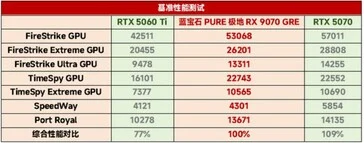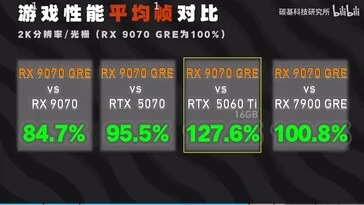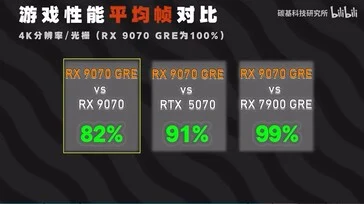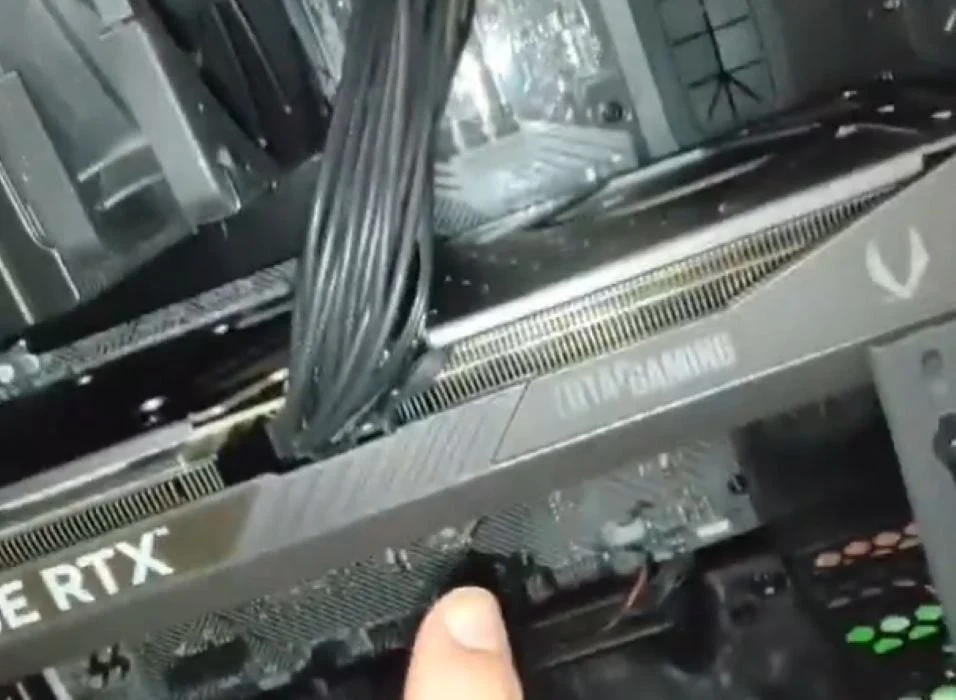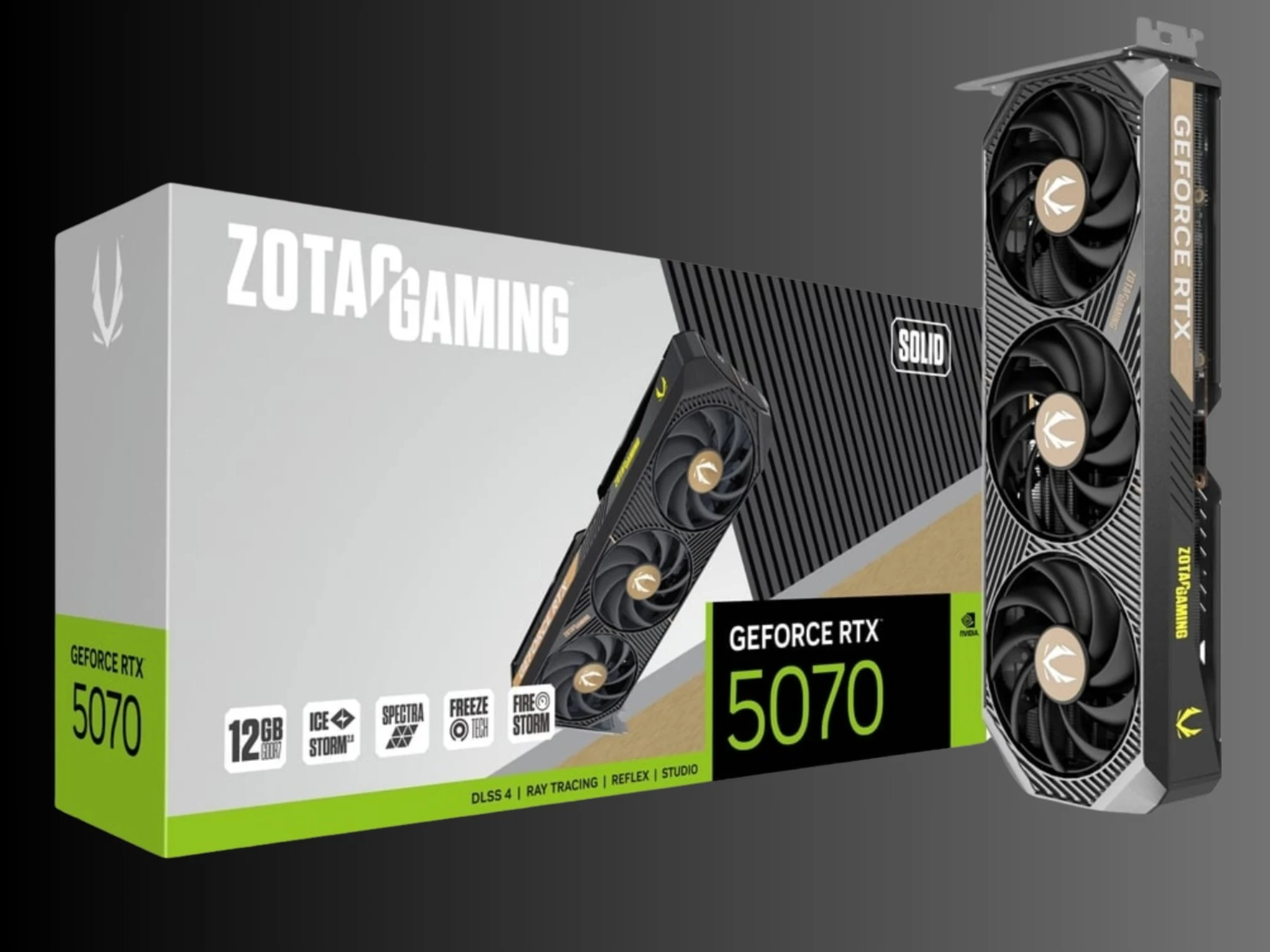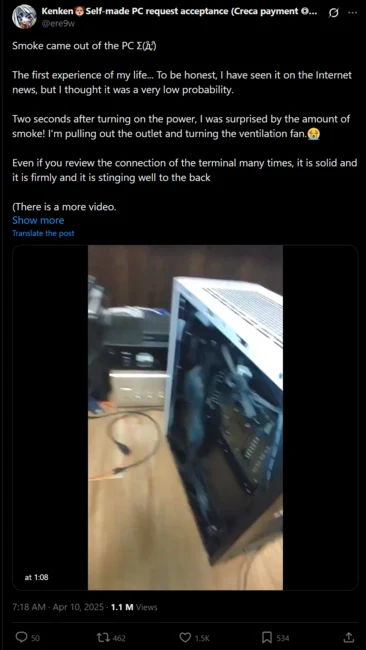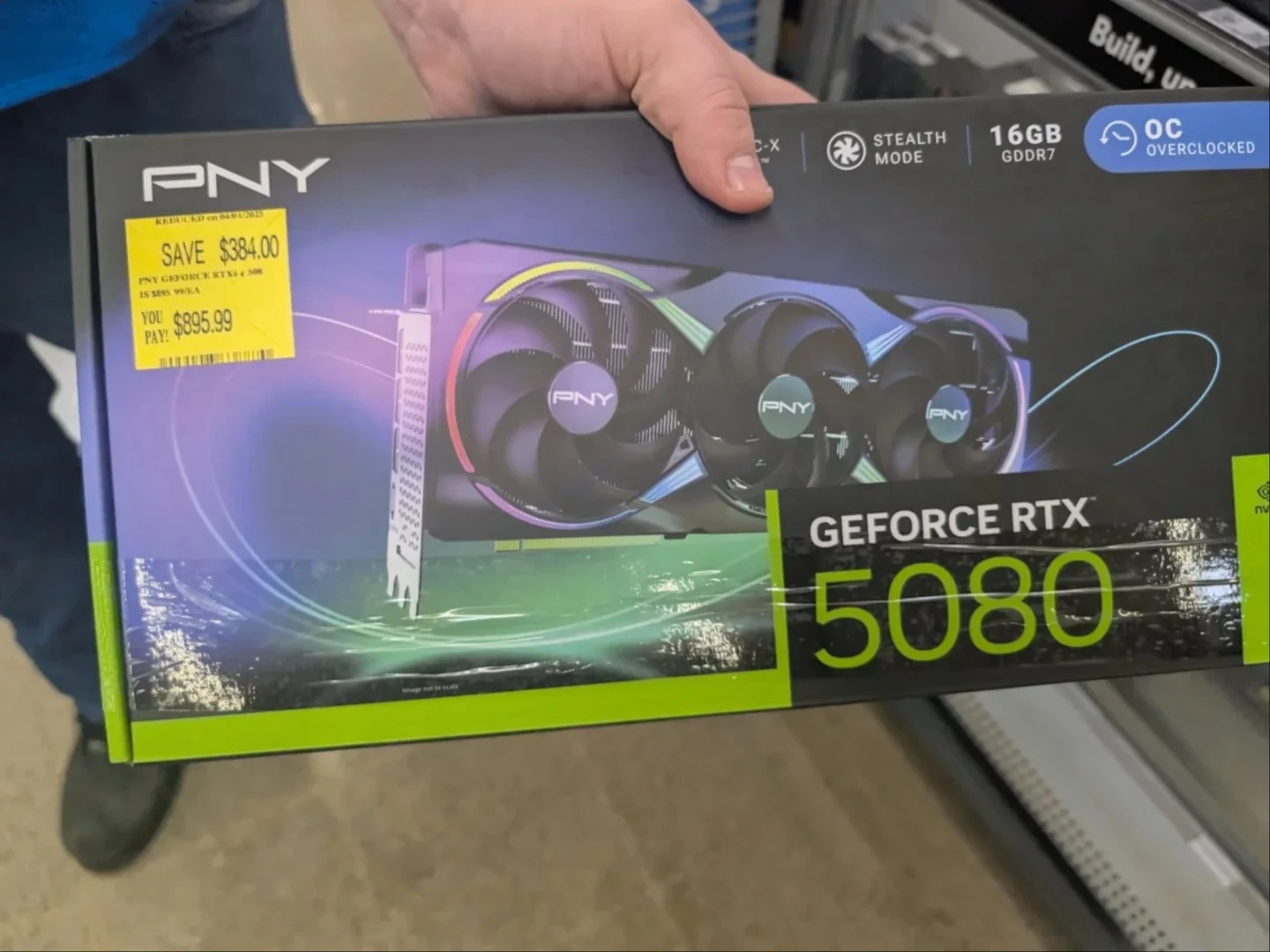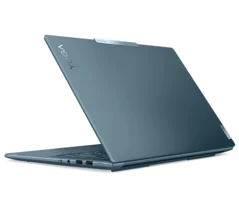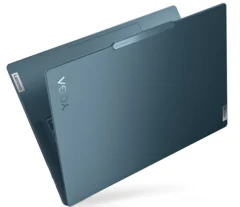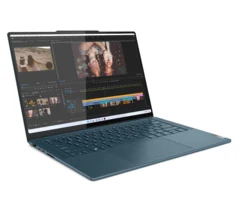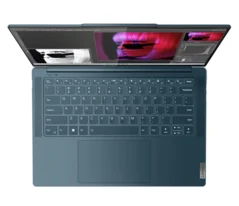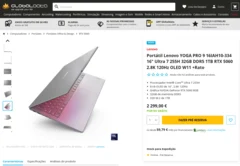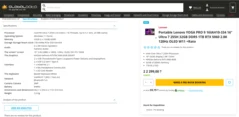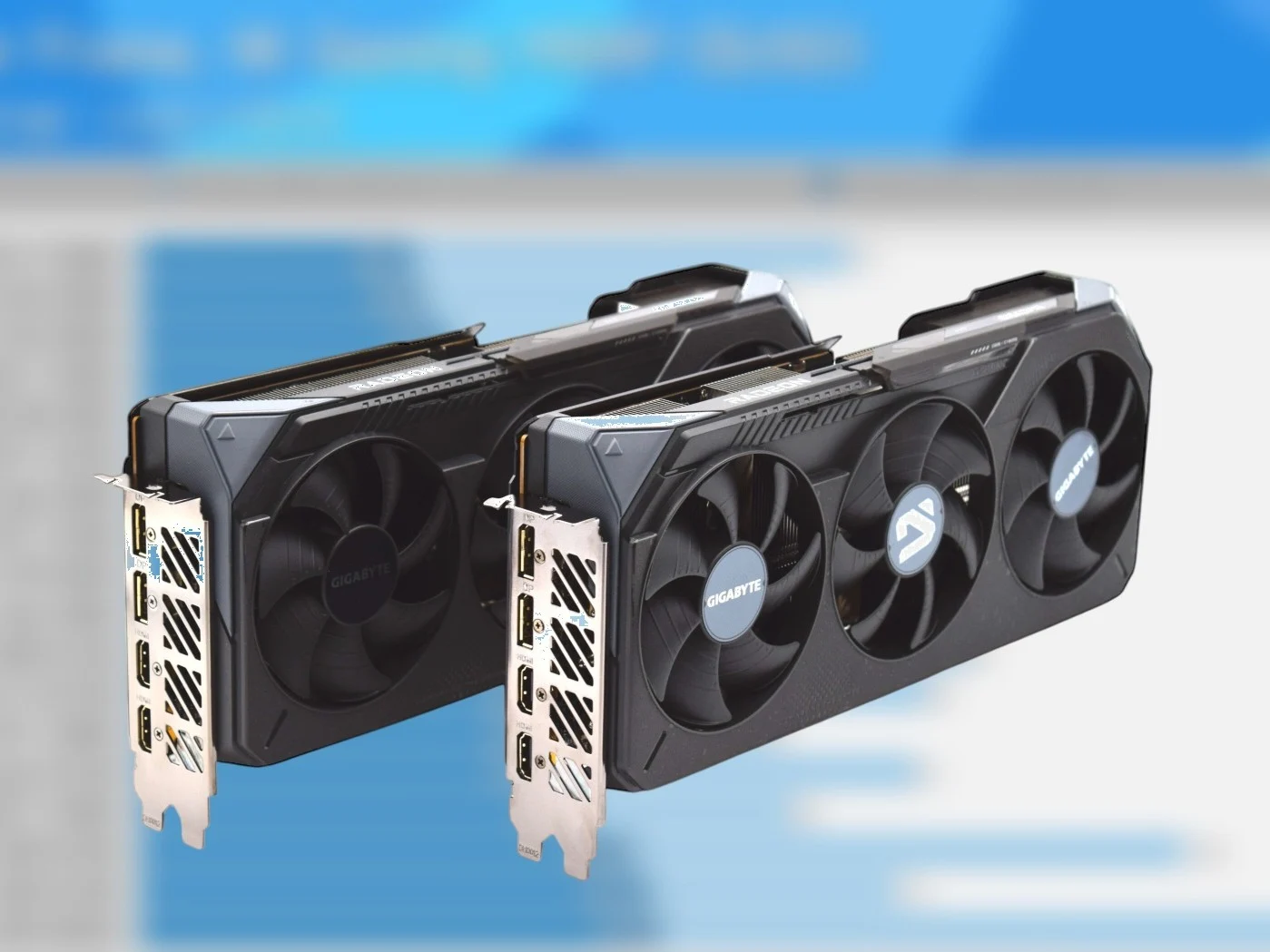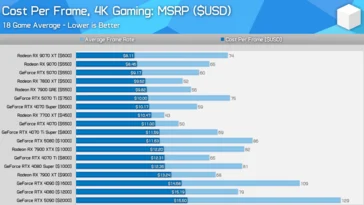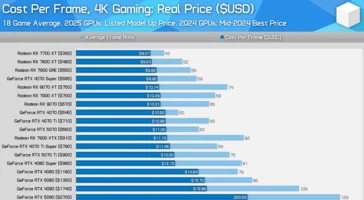Key Takeaways
1. Powerful Specifications: The Asus ProArt P16 features an AMD Ryzen AI 9 HX 370 processor, 32GB LPDDR5X RAM, and a 1TB SSD, with expandable storage options.
2. Display Options: Users can choose between two OLED touchscreen displays: one at 2880 x 1800 resolution with a 120Hz refresh rate, and another 4K model with a 60Hz refresh rate.
3. Cooling System: The laptop includes a triple-fan cooling system and liquid metal thermal paste for improved thermal efficiency and quieter operation under heavy use.
4. Slim and Portable Design: The ProArt P16 is lightweight at 4.08 lbs and slim, measuring between 0.59 inches and 0.68 inches thick, offering reasonable battery life with efficient components.
5. Creative Features and Connectivity: It has an Asus Dial Pad for easy tool switching, along with multiple ports including USB-C, USB-A, HDMI 2.1, and an SD Express 7.0 card reader for high-speed data transfer.
The Asus ProArt P16 has made its debut in Germany and is set to be available in other regions shortly. Both available versions come equipped with the AMD Ryzen AI 9 HX 370 processor, 32GB LPDDR5X RAM, and a 1TB SSD. You can expand the storage, but keep in mind that the second M.2-2280 slot is restricted to PCIe 4.0 x2, with a maximum bandwidth of 4GB/s.
Display Features
Users can choose between two OLED touchscreen displays: one has a resolution of 2880 x 1800 with a 120Hz refresh rate and 400 nits brightness, while the other is a 4K model with a 60Hz refresh rate. Other than the differences in resolution and refresh rates, both displays share the same specifications.
Cooling and Performance
The laptop is equipped with a triple-fan cooling system and utilizes liquid metal thermal paste to improve thermal efficiency and reduce noise. When under heavy use, the system can consume as much as 120 watts, which is dynamically distributed between the CPU and GPU.
Design and Portability
Despite having powerful components, the ProArt P16 is surprisingly slim and light. It measures just 0.59 inches at its thinnest and 0.68 inches at its thickest point, weighing in at 4.08 lbs. The combination of a 90Wh battery and the efficient Ryzen processor provides reasonable battery life when the discrete Nvidia GPU is not heavily used.
For creative professionals, the trackpad includes the Asus Dial Pad in the upper-left corner, which facilitates quick tool switching and timeline browsing in editing applications. Additionally, the device comes with two USB-C ports (one supporting USB 4 at 40 Gbps), two USB-A ports, HDMI 2.1, and an SD Express 7.0 card reader that can achieve data speeds of up to 985MB/s.
The entry-level model with an RTX 5060 GPU is priced at €2,699, while the RTX 5070 version retails for €3,099. The ProArt P16 is available on Amazon UK and Asus’s official US website, with broader availability anticipated soon.







